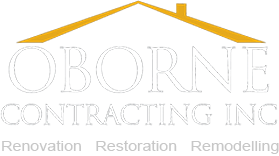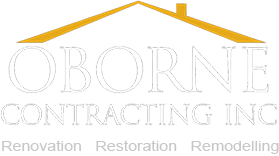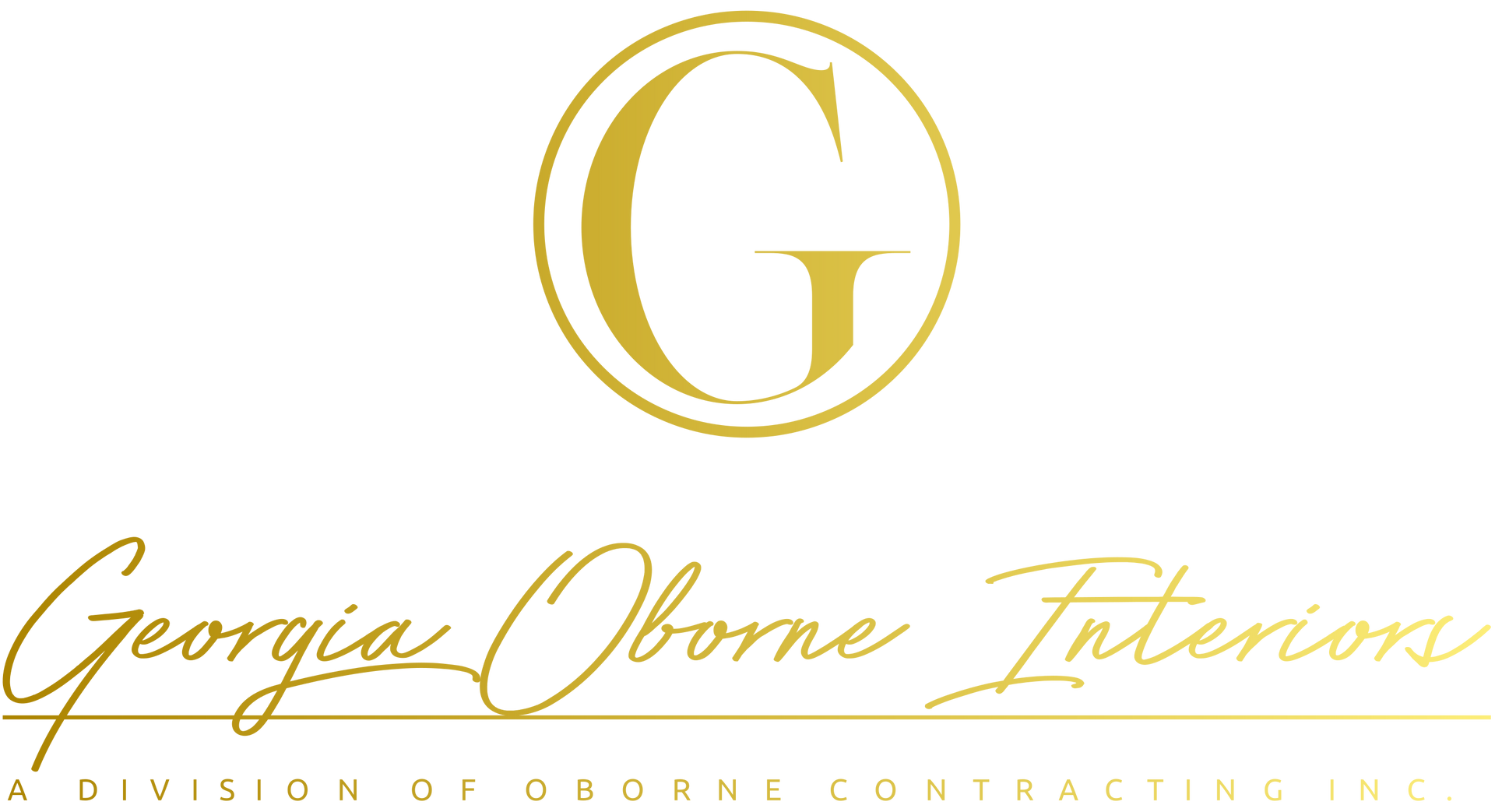Body Cameras in Construction: Enhancing Transparency, Safety, and Accountability
Body Cameras in Construction: Enhancing Transparency, Safety, and Accountability
In an industry where clear communication, safety, and accountability are paramount, Oborne Contracting is always looking for ways to improve our processes and client experience. One initiative we are considering is equipping our staff with body cameras. While this idea may seem unconventional in residential construction, it has the potential to enhance transparency, improve safety reporting, and provide a detailed record of interactions. In this blog, we will explore the pros and cons of implementing body cameras on job sites and how they could benefit both our clients and our team.
The Case for Body Cameras in Construction
1. Enhanced Transparency and Communication
One of the most significant advantages of body cameras is the ability to document interactions between our team, subcontractors, and clients. Miscommunications can occur on any job site, and having a video record of discussions about project scope, material selections, or site conditions can help clarify agreements and prevent disputes.
For example, if a client requests a change mid-project, a body camera recording can serve as an accurate reference, ensuring that all parties are aligned. It also provides an extra layer of verification for work completed, reducing misunderstandings and enhancing trust.
2. Improved Safety and Incident Reporting
Construction sites can be hazardous environments, and safety is always a top priority for Oborne Contracting. Body cameras could provide an objective record of workplace incidents, such as falls, equipment malfunctions, or unsafe working conditions. This footage would be invaluable for conducting incident investigations, identifying areas for safety improvement, and ensuring compliance with Occupational Health and Safety (OHS) regulations. Additionally, body cameras could help document near misses—incidents where an accident was narrowly avoided—allowing us to analyze trends and take proactive measures to prevent future injuries.
3. Increased Accountability and Quality Control
Body cameras create an additional level of accountability for our team members and subcontractors. When employees know they are being recorded, they may be more likely to adhere to safety protocols, follow best practices, and maintain high standards of workmanship. This level of oversight can help ensure that our projects meet the quality and professionalism that Oborne Contracting is known for. Furthermore, recordings can be reviewed for quality control purposes. If an issue arises with a completed
project, footage from the body cameras may provide insights into the work process, allowing for more efficient troubleshooting and resolution.
4. Protection Against False Claims and Disputes
Unfortunately, disputes and false claims can sometimes arise in construction projects. Whether it’s a disagreement about the condition of a site before work began, an accusation of property damage, or a claim of unsafe work practices, having video evidence can be a crucial tool in protecting both our clients and our business. Body camera footage can serve as an unbiased record, helping to resolve conflicts fairly and efficiently. It can also be used to verify compliance with agreed-upon contracts, ensuring that expectations are met on both sides.
Potential Concerns and Challenges
1. Privacy Considerations
One of the biggest concerns with body cameras is privacy. Clients, employees, and subcontractors may be uncomfortable with being recorded, especially in private residences. It is essential to establish clear policies regarding when and where cameras are used, ensuring that recordings are only made in relevant work areas and with appropriate consent.
To address these concerns, Oborne Contracting would implement strict guidelines on camera usage, including:
- Informing clients and team members before recording begins.
- Limiting recordings to work-related activities.
- Storing footage securely and only accessing it for legitimate purposes.
- Complying with privacy laws and regulations.
2. Data Storage and Management
Recording job site activities generates a significant amount of data, which requires secure storage and management. It is crucial to implement a system that ensures footage is stored safely, with restricted access to prevent misuse. Additionally, policies would need to be established for how long footage is retained and under what circumstances it is deleted. Cloud-based storage solutions with encrypted security features could be a viable option, ensuring that recorded data is protected while remaining accessible for necessary reviews.
3. Cost of Implementation
Equipping staff with body cameras and maintaining a secure storage system comes with associated costs. While the investment may lead to long-term savings by reducing disputes and improving efficiency, it is important to carefully evaluate the financial implications.
Costs to consider include:
- Purchasing high-quality body cameras.
- Implementing secure cloud storage solutions.
- Training employees on proper usage and compliance.
Despite these costs, the benefits of increased accountability and risk mitigation could outweigh the initial investment.
4. Employee Buy-In and Training
For body cameras to be effective, employees must be comfortable with wearing them and understand their purpose. Some team members may feel that the cameras create a sense of mistrust or unnecessary oversight. To mitigate these concerns, open communication and clear training programs would be essential.
Oborne Contracting would ensure that employees:
- Understand the primary goal is safety and quality assurance, not surveillance.
- Receive thorough training on when and how to use the cameras.
- Have the opportunity to provide feedback on the implementation process.
Best Practices for Implementation
If Oborne Contracting moves forward with this initiative, the following best practices would be followed:
1. Transparency with Clients and Employees – Clearly communicate the purpose and benefits of body cameras, obtaining consent where necessary.
2. Defined Usage Policies – Establish clear guidelines on when and where cameras should be used, ensuring compliance with privacy regulations.
3. Secure Data Management – Implement a secure system for storing and accessing footage, with restricted access to prevent unauthorized use.
4. Regular Reviews and Adjustments – Continuously evaluate the effectiveness of body cameras, making improvements based on feedback from employees and clients.
5. Employee Training and Support – Provide comprehensive training to ensure staff feel comfortable and informed about the use of body cameras.
Conclusion
While the use of body cameras in residential construction is a relatively new concept, it has the potential to
greatly improve transparency, safety, and accountability. At Oborne Contracting, our priority is delivering high-
quality work while maintaining the trust and satisfaction of our clients. By carefully considering the benefits and
challenges of this technology, we can determine whether body cameras align with our commitment to
professionalism and excellence.
As we explore this possibility, we welcome feedback from our clients, employees, and industry peers. If you
have thoughts on the use of body cameras in construction, we would love to hear your perspective. At the end
of the day, our goal is to continue improving our processes to provide the best possible experience for our
clients and ensure the safety and integrity of our work.





"Assuring Your Complete Satisfaction is the Key to Our Success"







